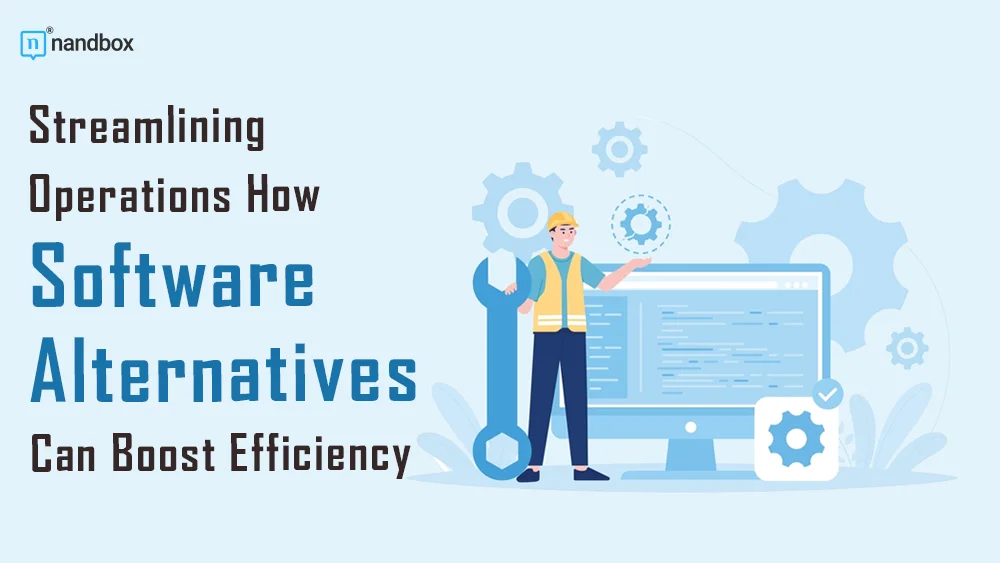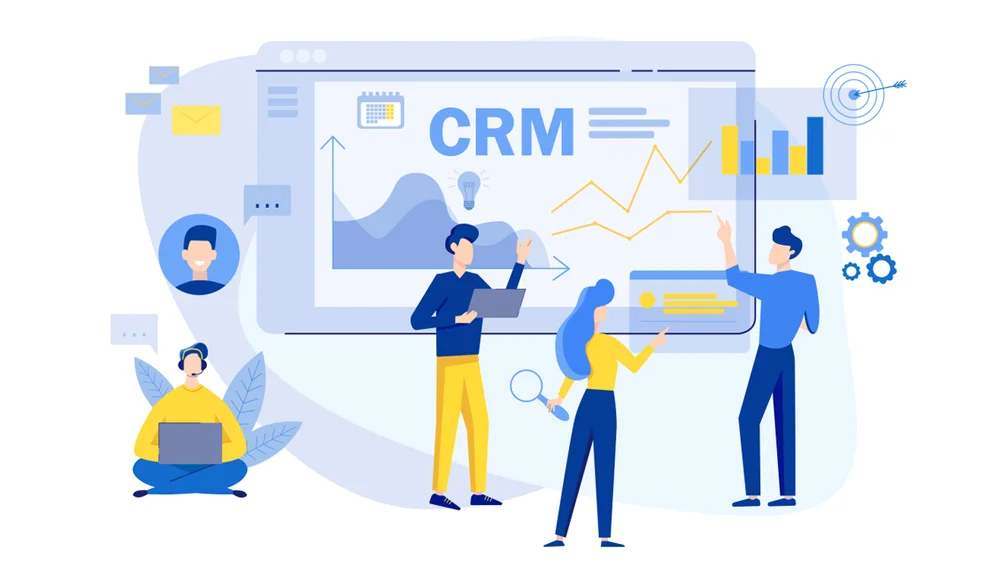Efficiency is vital for businesses to reach their goals and remain competitive. As companies grow, tasks become more complex, requiring tailored solutions. Software alternatives provide customized solutions to streamline operations effectively.
Companies constantly seek ways to streamline operations, save money, and increase productivity. One good way to reach these goals is by using software alternatives made to fit what the business needs. Learn how software alternatives can boost efficiency to streamline operations below.
What Are Software Alternatives?
Software alternatives refer to alternative programs or applications that offer similar functionality to a particular software product. These alternatives typically serve the same purpose or fulfill similar needs but may vary in terms of features, pricing, user interface, or other factors.
For instance, Intercom, a staple in customer support, offers tools to connect with customers via targeted messages, live chat, and chatbots. However, it’s not suitable for every business’s priority because it leans towards sales and marketing. That’s when Intercom alternatives come into play, which offers similar functionality with varying features and compatibility. Learn more about Intercom alternatives at RatePoint.com.
Software alternatives play a crucial role in empowering users, promoting innovation, and ensuring a healthy and dynamic software ecosystem. They provide users with choice, flexibility, and resilience, ultimately leading to better outcomes for individuals, businesses, and the broader community.
How Software Alternatives Can Boost Efficiency
Before implementing any software alternative, organizations need to assess their current operations. This involves identifying areas where inefficiencies exist, understanding the root causes of these inefficiencies, and pinpointing opportunities for improvement.
Common areas where inefficiencies may arise include manual data entry, communication bottlenecks, resource allocation, legacy systems, and repetitive tasks. Manual data entry errors compromise data integrity, leading organizations to automate data entry for improved efficiency and accuracy.
Communication bottlenecks stem from inefficient channels, causing delays, misunderstandings, and missed opportunities within organizations. Often caused by outdated technology or unclear protocols, they result in missed deadlines, errors, and decreased morale. Ineffective resource allocation can lead to underutilization or overburdening, impacting productivity and efficiency within organizations. This can result in wasted potential, decreased morale, and project delays.
In the same way, outdated or incompatible legacy systems and software platforms can impede collaboration, integration, and scalability within organizations. Identifying these pain points allows organizations to prioritize areas for software alternatives, ensuring maximum impact and return on investment. Addressing them requires investing in modern tools, clear protocols, and fostering open communication.
Once you have identified areas of your operations that require more efficient solutions, you can choose the best software alternative for your business. Software alternatives can boost efficiency in several ways:
-
Tailored Features
Different software alternatives may offer unique features or workflows that better align with specific tasks or preferences. By choosing the most suitable alternative, users can perform tasks and streamline their workflow more efficiently.
-
Specialized Solutions
In some cases, software alternatives are specialized for industries or use cases. These specialized solutions often include features designed to address specific challenges or requirements, leading to increased efficiency in those contexts. For instance, services like Intelius are a popular tool for carrying out background checks, but there are many alternatives worth considering.
-
Cost Savings
Choosing a more cost-effective software alternative can lead to significant savings, especially for individuals or organizations with tight budgets. By reallocating resources saved on software licensing or subscription fees, users can invest in other areas to further improve efficiency.
-
Improved Integration
Software alternatives may offer better integration with existing tools or systems, reducing friction and enabling smoother data exchange between different software platforms. Seamless integration can save time and effort spent on manual data entry or reconciliation tasks.
-
Reduced Learning Curve
Some software alternatives are designed with user-friendly interfaces or intuitive workflows, making them easier to learn and use efficiently. By minimizing the time spent on training or onboarding, users can quickly adapt to new software and become productive more rapidly.
-
Faster Performance
Alternative software solutions may offer better performance, scalability, or optimization compared to their counterparts. Improved performance can lead to faster processing times, quicker response rates, and overall smoother user experiences, ultimately boosting efficiency.
-
Flexibility and Customization
Software alternatives often provide greater flexibility and customization options. Customization capabilities enable users to optimize processes, automate repetitive tasks, and adapt the software to changing requirements, resulting in increased efficiency over time.
-
Diverse Support Options
Having multiple software alternatives can provide users with more support options, including community forums, documentation, tutorials, and third-party consultants. These resources can help users troubleshoot issues, optimize their usage of the software, and overcome obstacles more efficiently.
Leveraging Software Alternatives for Efficiency Gains
Once the key areas for improvement have been identified, the next step is to explore software alternatives that can address these challenges effectively. These alternatives come in various forms, including:
-
Workflow Automation Tools
Workflow automation tools streamline repetitive tasks, eliminate manual intervention, and ensure consistency and accuracy in processes. By automating routine workflows such as data entry, approvals, and notifications, organizations can free up valuable time and resources for more strategic activities.
-
Communication and Collaboration Platforms
Modern communication and collaboration platforms facilitate seamless communication and information sharing across teams, departments, and locations. Real-time messaging, file sharing, and project management help break down silos, foster collaboration, and accelerate decision-making.
-
Enterprise Resource Planning (ERP) Systems
ERP systems integrate core business processes like customer relationship management, supply chain management, finance, and human resources into a single, unified platform. By providing real-time visibility and control over key operations, ERP systems enable organizations to streamline processes, optimize resource utilization, and make data-driven decisions.
-
Customer Relationship Management (CRM) Software
CRM software helps organizations manage interactions with customers and leads, streamline sales and marketing processes, and enhance customer satisfaction and retention. By centralizing customer data, automating sales workflows, and tracking customer interactions, CRM software enables organizations to deliver personalized experiences and drive revenue growth.
-
Cloud-Based Solutions
Cloud-based solutions offer scalability, flexibility, and cost-efficiency by leveraging the power of the cloud. Cloud-based storage, software as a service (SaaS), or cloud-based solutions empower organizations to access resources on-demand, scale effortlessly, and adapt to changing business needs.
Conclusion
Leveraging software alternatives tailored to your specific needs streamlines your operations, reduces costs, and drives greater productivity and profitability. Whether it’s workflow automation tools, communication platforms, ERP systems, CRM software, or cloud-based solutions, the right technology can make all the difference in optimizing your processes, improving collaboration, and staying ahead of the competition. Embracing software alternatives transforms the way business is done and unlocks new opportunities for business growth and innovation.







